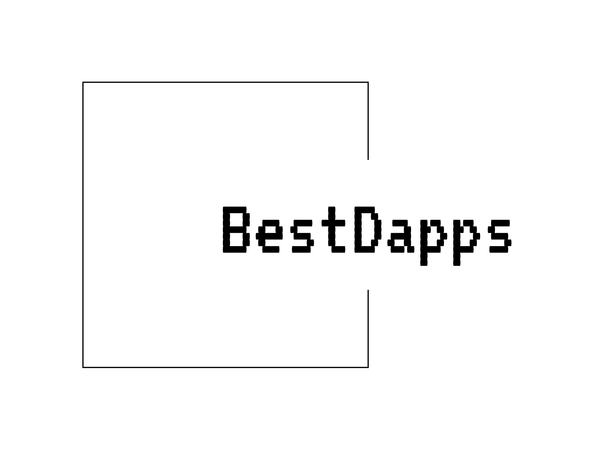
Decoding Dogecoin: A Dive into Tokenomics
Share
Dogecoin (DOGE) Tokenomics: Understanding the Fundamentals
Dogecoin (DOGE) is a well-known cryptocurrency that emerged as a meme but has since established itself as a significant player in the crypto space. Tokenomics, a blend of "token" and "economics," refers to the economic model that governs the supply and demand of tokens. Understanding the tokenomics of DOGE reveals its uniqueness and its challenges.
The Inflationary Nature of Dogecoin
Unlike Bitcoin, which has a capped supply of 21 million coins, Dogecoin has an uncapped supply. This inflationary model increases the total number of DOGE coins in circulation by five billion annually. This design choice ensures that mining rewards remain available, encouraging miner participation and securing the network.
Supply and Distribution
Originally launched in December 2013 as a “fun” and approachable alternative to Bitcoin, Dogecoin quickly gained traction, partly due to its active and dedicated community. The initial supply cap of 100 billion DOGE was reached in mid-2015, after which the inflationary mechanism began. The distribution of DOGE is also noteworthy, with a significant percentage held by a few large holders, which can lead to significant influence over price volatility.
Mining and Network Consensus
Dogecoin utilizes a proof-of-work (PoW) consensus mechanism, similar to Bitcoin, but employs the Scrypt algorithm like Litecoin. This algorithm requires less computational power, enabling more accessible mining for individuals. Merged mining with Litecoin also enhances security and efficiency, as both cryptocurrencies can be mined simultaneously without additional resources.
Market Dynamics and Use Cases
Initially created as a joke, Dogecoin has managed to maintain relevance due to its strong community and usage in small-scale transactions and tipping. However, its lack of a supply cap raises concerns about long-term value retention. The tokenomics of Dogecoin thus present a paradox: its popularity and community foster utility, yet its unlimited supply and concentration in a few wallets pose challenges for broader adoption.
Community and Governance
The influence of community in the tokenomics of Dogecoin cannot be overstated. The coin's governance is heavily reliant on communal efforts rather than a formal development team. This grassroots approach encourages community-driven initiatives but also poses risks of centralized decision-making among influential holders.
